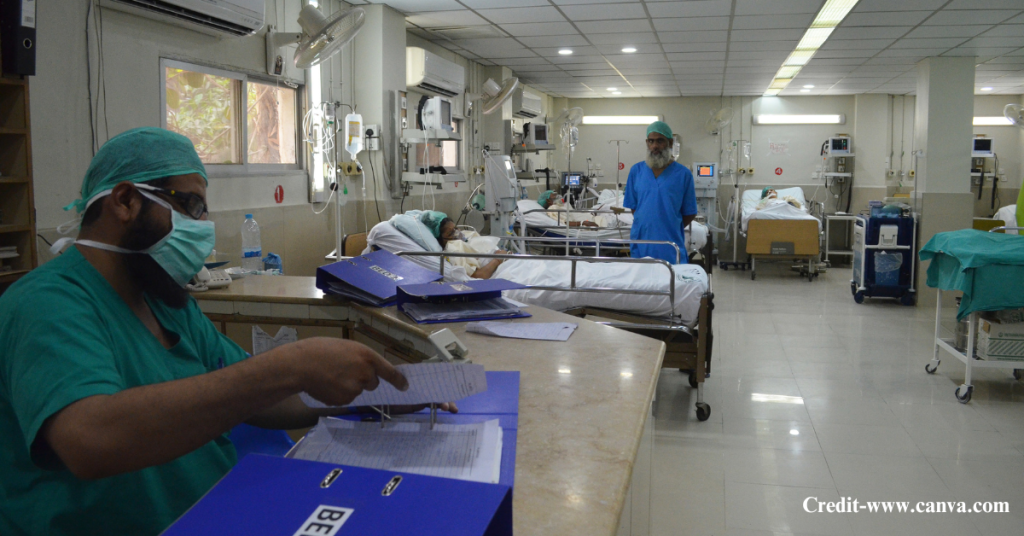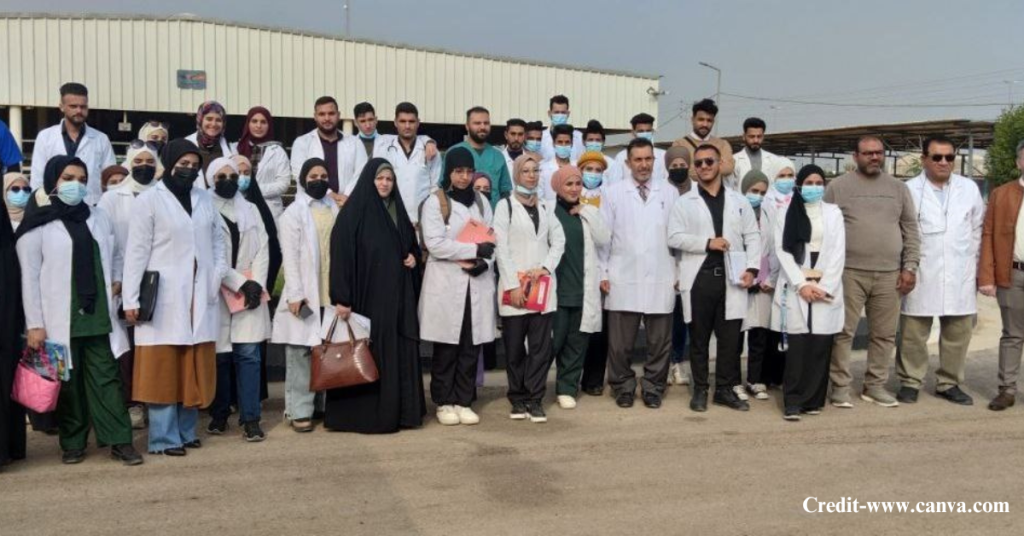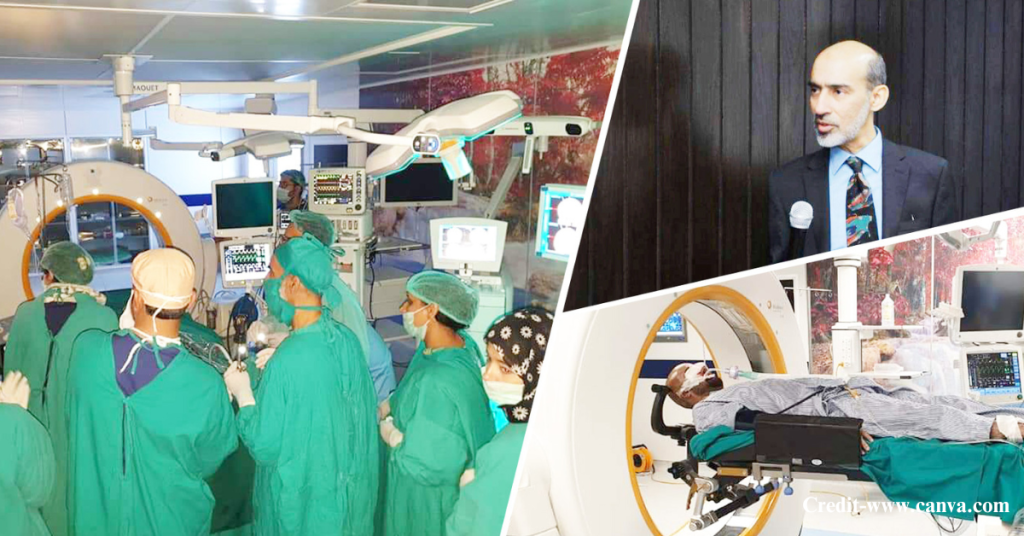If you wait in the hot OPD line at Jinnah Hospital during a Lahore summer, you know the facility is more than a place with 1,650 beds. It’s a world full of hope, stress, tired faces, and moments of bravery. This post takes you behind the scenes—from nervous patients and exhausted students to the staff who keep it running. We’ll also mix in helpful info for those searching online.
Table of Contents

History & Founding of Jinnah Hospital Lahore
Jinnah Hospital Lahore started limited work in 1994 and fully opened on February 2, 1996, under the Punjab Health Department. At first, only a few departments worked. In 2005, a big change came with the addition of a proper Accident & Emergency Department and 100 more beds. It became a Level I emergency hospital.
The hospital spreads over 105 acres, is tied to Allama Iqbal Medical College (AIMC), University of Health Sciences (UHS), and has approval from the CPSP. In 2016, it was ranked as the second-best public hospital in Pakistan.
Trauma, Burn & Cardiology Care at Jinnah
Yes, Jinnah has regular departments like Medicine, Surgery, and Gynaecology. But here are the big ones you shouldn’t miss:
- Trauma Centre – Full 24/7 critical care
- Burn Centre Lahore – One of the best in Punjab
- Cardiology CCU/ICU – Handles serious heart cases
- Neurosurgery Unit – Works on brain and spine problems
- Radiotherapy – Important for cancer treatment
Other areas include ENT, Eye, Skin, Cancer, Psychiatry, GI Endoscopy, and a Diabetic Centre. There are also private rooms, labour suites, outpatient clinics, and even a helipad.
A Day in the Life: Patient, Student & Nurse
Patient: Mrs. Sara
She arrives early, the sun already burning. No car. Just a dusty rickshaw ride. She heads to the OPD, where waiting for a slip before noon is a must. No slip, no check-up. Inside, it’s hot, no fan, and usually only trainees are present.
Medical Student: Ali
Ahmed wakes at 3 AM with a call from paediatrics. By 8, he’s helping in neurosurgery, while the lab tests he sent in are still pending. He studies at Allama Iqbal Medical College, but he feels the pressure. Between broken machines and long shifts, it’s tough. Even finding time to grab a paratha roll from the hostel mess is a big deal.
Nurse Saleha
Sara is always moving between the Cardiology ICU and the Burn Centre. She does it all during power cuts and when the AC is not working. Half the OTs are closed due to ongoing work. Some test kits are missing. Still, she greets patients with a smile.
She remembers helping a young burn victim during a gas blast case in winter. No warm water, barely any supplies, yet the child pulled through. Those wins matter.

Renovation Woes: AC, OTs & Token System
A big update started in 2024-25, aiming to improve ICUs, pediatric emergencies, labs, and roll out a token system in the emergency area. Sounds nice, but in reality:
- ACs have been broken for months
- Some OTs are still closed (eye, cancer, cardiac)
- The token system is slow to roll out
- Tests often go to private labs due to a lack of supplies
It all started with a Rs2 billion plan in 2016–17, but only 70% is working. Visitors still wander, confused by outdated signboards and long lines.
Teaching Hospital Ties
Jinnah is linked with AIMC, UHS, and CPSP. That means hundreds of students train here daily. It’s real-world training under tough conditions. Students and house officers learn everything—from surgery to emergency management—in a packed setup with limited gear.
A final-year student told of stitching a wound in the hallway. This happened because the minor operating theatre had no room. The situation felt hard, but it taught toughness.
Lab Delays & Private Referrals
Due to shortages in test kits and chemicals, nearly 40% of tests are sent to outside labs. This is hard for poor patients who can’t pay. It also slows down treatment because the results take longer to come back.
One patient said his CT scan report took 9 days, which meant his treatment was delayed badly. Staff feel just as frustrated—they want to help but are stuck with limited tools.
Sehat Card & Digital Steps
After COVID, Jinnah started accepting Sehat Card patients in ENT, Cardiology, and general OPDs. While this helps with cost, it’s not well-advertised. Many patients find out about it only when someone else in line tells them.
Telemedicine? Still not running properly. Most OPDs are paper-based. Online booking and video checkups are still missing. A few pilot attempts were made, but the system isn’t active citywide.
Training Staff & Token Counters
The idea was simple: Train staff better and introduce token systems to make things smoother. But things haven’t worked out fully. Nurses complain about a lack of proper training. Token counters are installed but barely working in many areas.
At peak hours, the emergency gate feels like a stampede. One security guard said they sometimes have to close the main entrance to manage the crowd. That’s how far behind the tech rollout is.
Jinnah’s Community Role
People come from far south Punjab, sometimes riding ambulances over long distances. In big crises, Jinnah steps up. After the 2016 Lahore blast, over 150 victims were treated here. Blood donors rushed in, ride services gave free trips, and Jinnah became the heart of the city’s rescue work.
The helipad helps in motorway crash rescues, where victims are airlifted right to the emergency department. One case involved a van crash near Khanewal, where three survivors were flown in within hours. Jinnah took over instantly, showing how public hospitals can rise in emergencies.
Behind-the-Scenes Units: Pharmacy, Pathology & More
The hospital pharmacy is always packed. People queue for free medicines, and sometimes the supply runs dry. Staff try to stretch what they have, but common drugs often go missing. Some patients report being sent outside for basic antibiotics.
Pathology and blood bank units are critical, especially during emergencies. A lab assistant shared how they handled more than 400 tests overnight after the 2016 incident. The system may be slow, but the willpower is strong.
Visitor Tips
- OPD runs from 8 AM to noon. Come early.
- Bring water, snacks, and a mini fan.
- Wear comfy shoes. There’s much walking.
- Keep all slips and reports safe.
- Bathrooms exist, but bring your tissue and sanitiser.
- And don’t skip the chai stand.
- Ask the janitorial staff if you’re lost—they often know more than the guards.

FAQ
Q: When did Jinnah Hospital open?
A: Jinnah Hospital opened in 1996.
Q: How many beds are there?
A: The hospital has about 1,650 beds.
Q: Is it a teaching hospital?
A: Yes. It works with AIMC, UHS, and CPSP.
Q: Is the trauma centre open 24/7?
A: Yes. It includes emergency, ICU, cardiology, neuro, and burn care.
Q: Do you know if the Sehat Card works here?
A: Yes, for ENT, heart, and general OPDs.
Q: What charges should I expect?
A: OPD is free, but tests and medicine may cost if not covered by the Sehat Card.
What Others Don’t Talk About
- No real-life stories: Most sites skip what it’s like to visit
- Old info: No mention of 2024 renovation delays
- No humour: No chai breaks, no rickshaw tales, no jokes about missing fans
- Community stories missing: Eid mehndi in the lobby, long travel from villages, Careem rides during emergencies
- Digital gap: No mention of telemedicine failures, offline file management

Final Thoughts
Jinnah Hospital Lahore is far from perfect. But it’s alive, full of stories, and still one of Pakistan’s most important public hospitals. Whether you’re a patient looking for free care, a student learning the ropes, or a nurse doing triple shifts, Jinnah shows real strength.
Got your own story from Jinnah? Could you drop it below? Ever stood in the chai line for hours? Did you take your dadi in a rickshaw for her blood pressure check? We want to hear it.
This place does not just show statistics and reports – it shows people. Each day, someone tries to help healthcare operate, even when problems appear.

